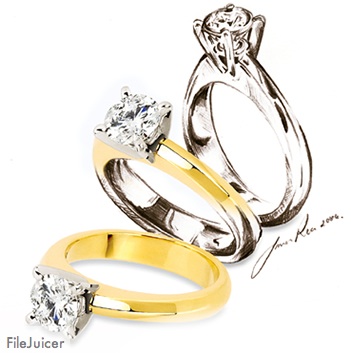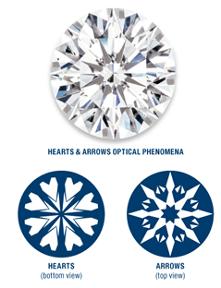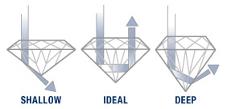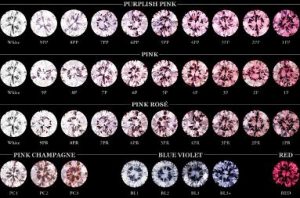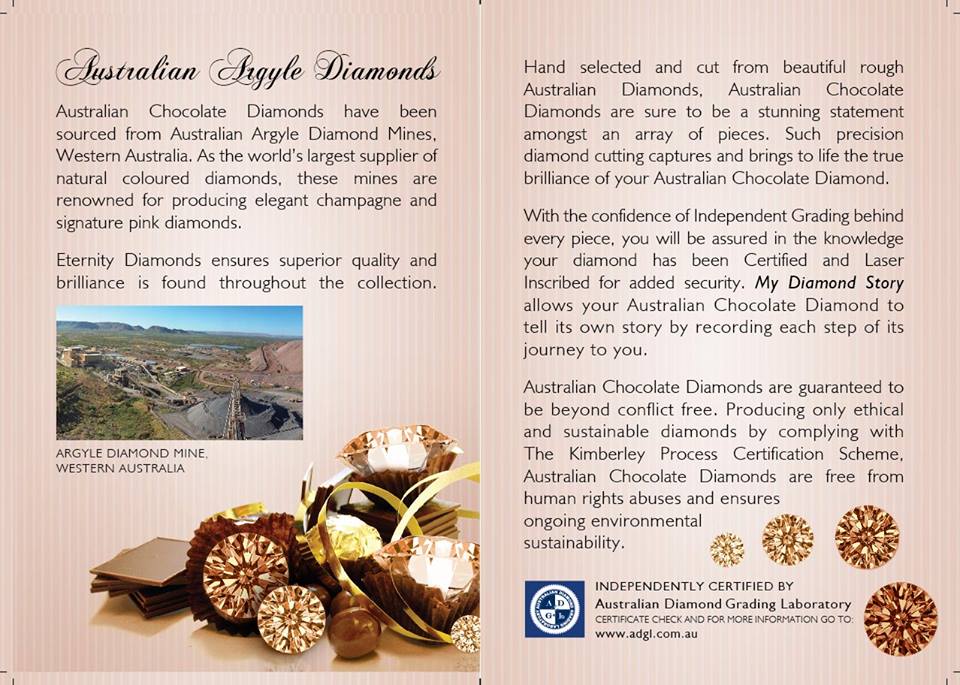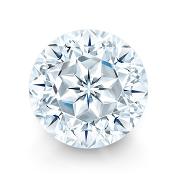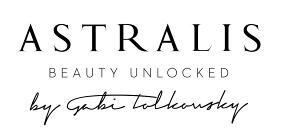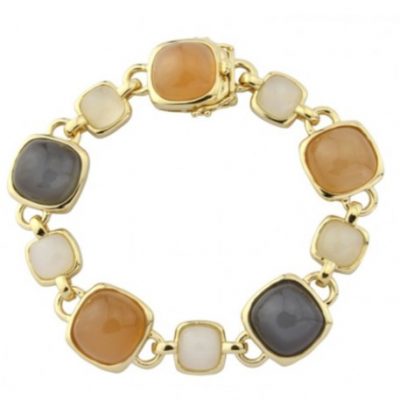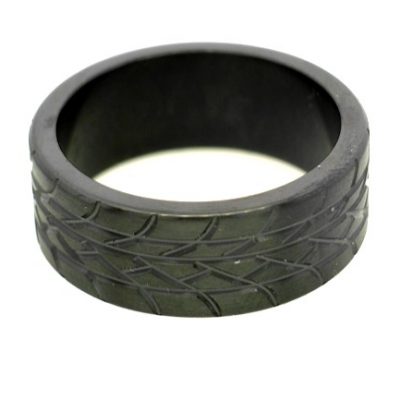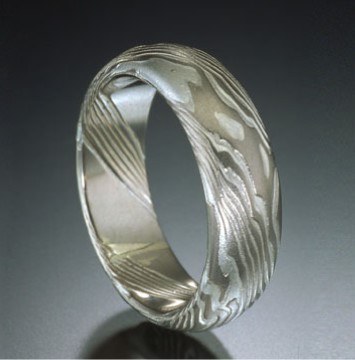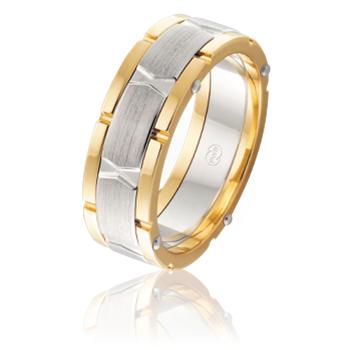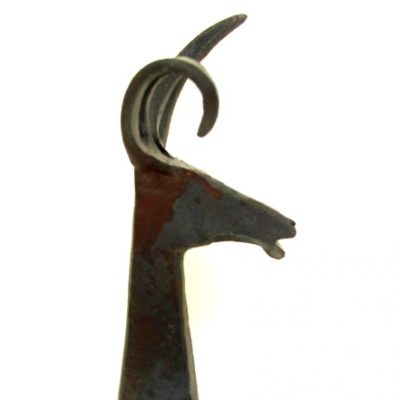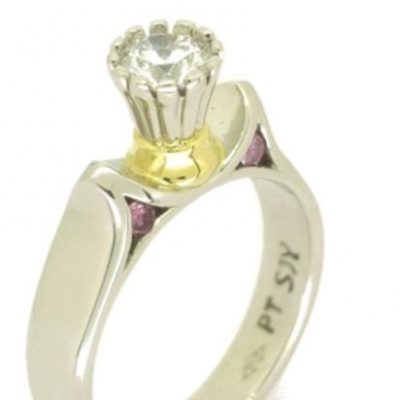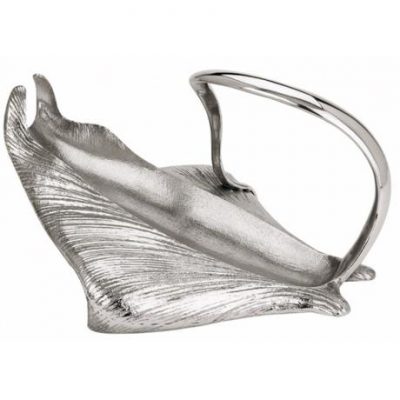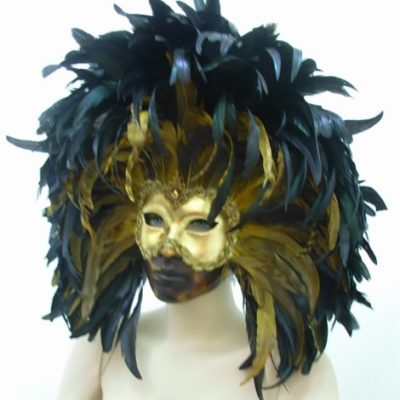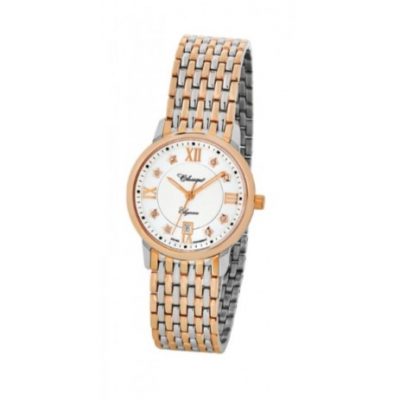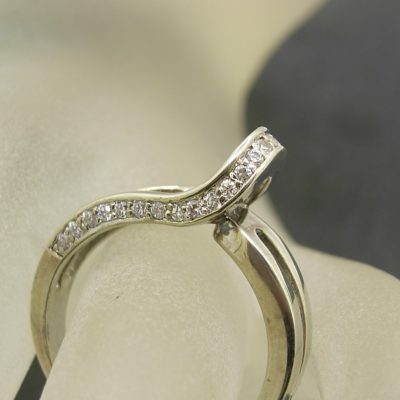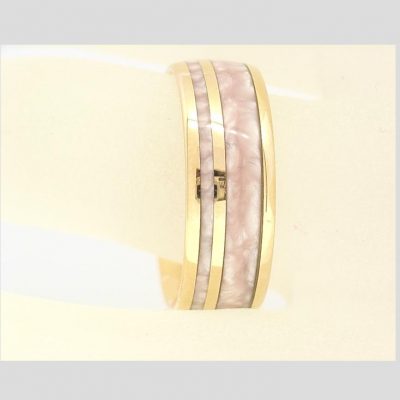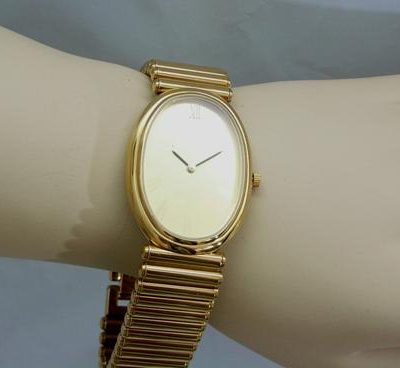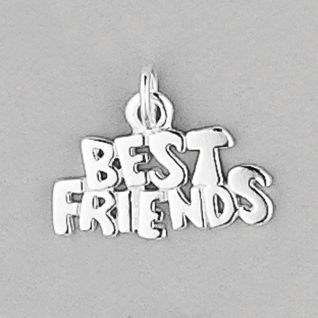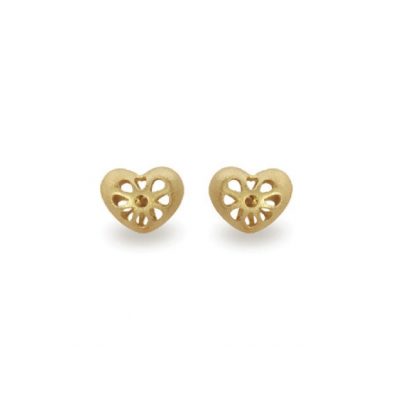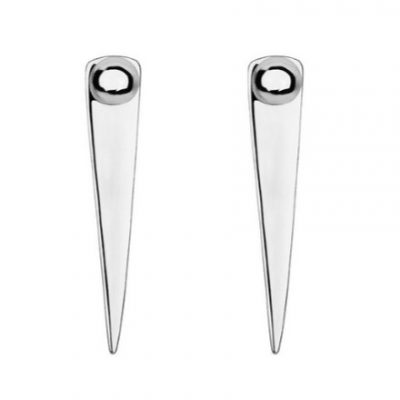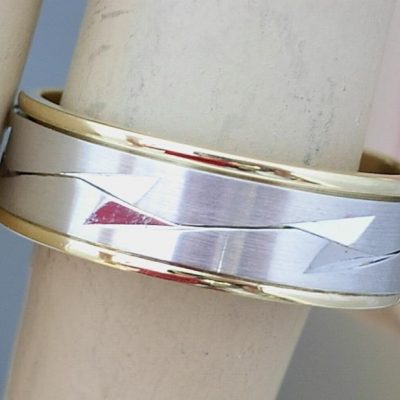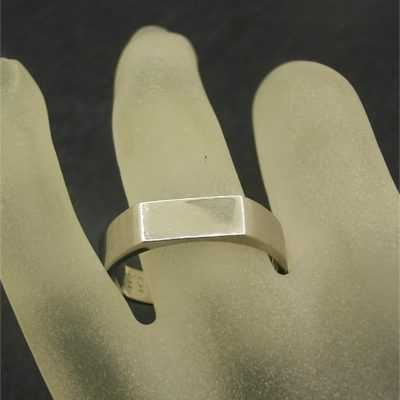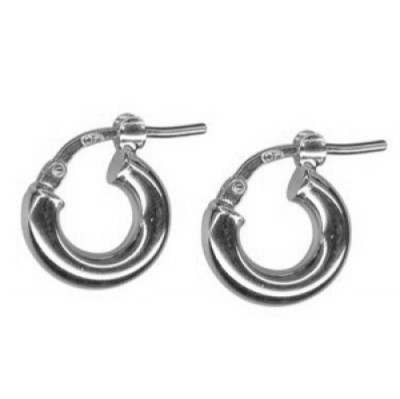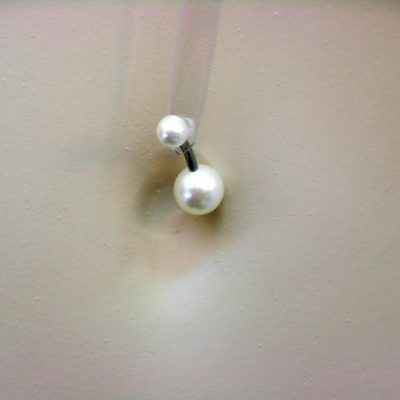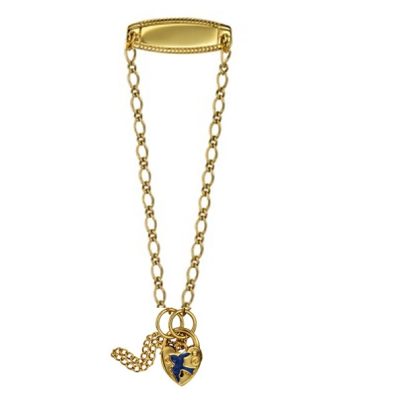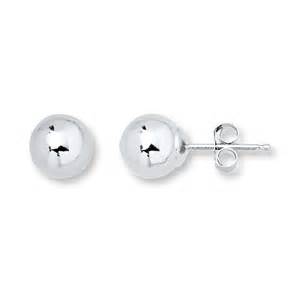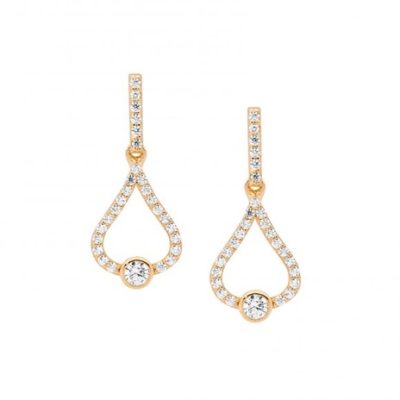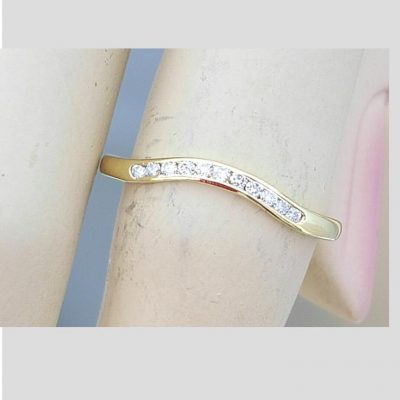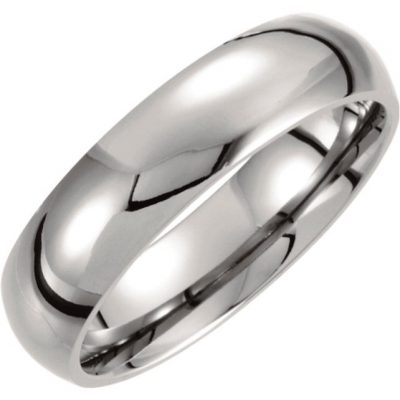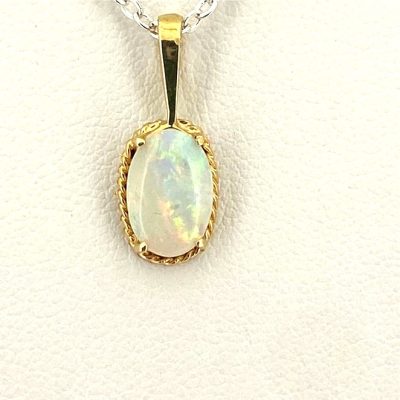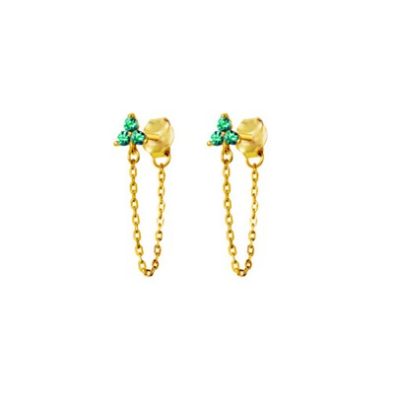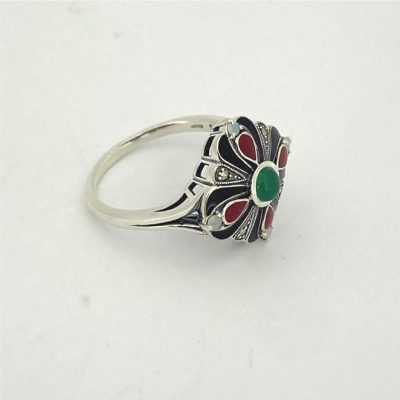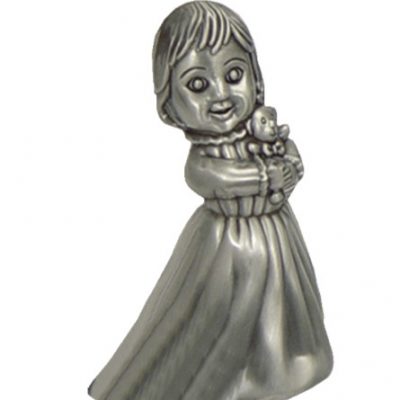![]()
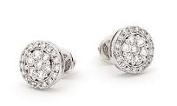
DIAMOND Birthstone of April associated with innocence & the Sun, Diamonds were believed to render all poisons harmless and to drive away madness, night spirits and evil dreams. They have been a traditional symbol of love since ancient Greece. Discovered about 3,000 years ago in India, the ancients believed they were splinters from the stars, perhaps crystallized lightening . Comes from the Greek word, “adamus” which means unconquerable suggesting the eternity of love. Fitting that it should be the gem most used to symbolize ones’ love. Diamond started their history as being worn only by men as they were supposedly able to instill courage and virtue to soldiers in battle.
Interactive diamond Education
Worlds famous diamonds here
We can supply diamonds from specific origins – Canada Argyle pink & chocolate, yellow white & other colours, all guaranteed to be conflict free. In store & anything by request, Value Assured.
For local employees of rio tinto we can compete on price, out perform on service & supply compared to the diamond dealer who travels to your workplace
An overview of Diamond Quality
video explanation
Eternity Diamonds are at the pinnacle of cutting technology. From the finest of all rough diamonds and in the hands of Master Cutters, Eternity Hearts & Arrows are cut to the most impeccable standards. The result is a diamond so spectacular and fiery that it reflects nearly 100% of the available light back towards the viewer. The Eternity Hearts & Arrows name is derived from the optical effect achieved when a diamond is cut to the highest level of perfection. When such an ideal cut diamond is viewed through a Symmetry Viewer, it displays eight perfect hearts and eight perfect arrows.
A diamond’s colour is determined on a colour scale from D (colourless) to Z (yellow/brown). The most sought after diamonds have no colour. Whilst most appear to have no colour, in actual fact they have tints of colour as shown on the colour scale.
Clarity Refers to the amount and size of natural imperfections in the Gem. This may be internal (inclusions) or external (blemishes). The fewer inclusions in a diamond, the rarer and more valuable the gem. The majority of people focus on colour and clarity when discussing the attributes of a diamond. Colour and clarity are important, but it is the quality of the cut that makes the difference between a dull and lifeless diamond and one that is alive with remarkable fire and brilliance. The more perfect the cutting, the more sparkle you and everyone else will see. Eternity Finely Cut Diamonds are cut to exacting mathematical proportions to show maximum brilliance. The resulting scintillation and explosion of light sets the Eternity apart from just any diamond.
Cut This does not refer to the overall shape of the diamond but rather the quality of the cutting. It is the single most important aspect of any diamond. The proportion, finish and symmetry of the external facets are what creates the fire and brilliance. A diamond may be colourless and flawless but if it is not cut well it will appear dull and lifeless.
A diamond’s weight is measured in carats, abbreviated ct. One carat can be divided into 100 points. Therefore, a diamond weighing one quarter of a carat can also be referred to as being 25 points.
Eternity Finely Cut Diamonds are available in a variety of fancy shapes. The same commitment to excellence and attention to cutting quality are used to bring you our range of Fancy Cuts . It’s important that you don’t confuse cut with shape. Cut, one of the 4C’s, determines how fiery and brilliant your diamond is while shape describes the physical shape of the diamond. There is a diamond shape to suit every personality and style. Take some time to learn about fancy shapes and you are sure to find one that’s right for you. Naturally Fancy Cut Diamonds are Laser Inscribed & Guaranteed by Certification. Traditionally, the most popular cuts for fancy shapes are oval, pear, marquise, heart, emerald and princess.
DIAMOND CUTS
Oval – A modified version of the round brilliant. Based upon the configuration of the round brilliant cut from which it derives its technical name of ‘oval modified brilliant’. This shape is very popular for three stone rings, such as anniversary rings, with two matching diamonds on either side of the oval.  Pear – Shaped like a teardrop, the pear shape is a versatile diamond and refracts light well. Used often as side stones or signally in rings, pendants and earrings. Pear shape diamonds combine the best of the oval and marquise diamond and are highly sought after.
Pear – Shaped like a teardrop, the pear shape is a versatile diamond and refracts light well. Used often as side stones or signally in rings, pendants and earrings. Pear shape diamonds combine the best of the oval and marquise diamond and are highly sought after.  Marquise – A traditional shape dating back to Louis XIV. According to legend he wanted a stone to be polished into the shape of Madame Pompadour. Eternity Marquise diamonds are well known for their aesthetic beauty and balance.
Marquise – A traditional shape dating back to Louis XIV. According to legend he wanted a stone to be polished into the shape of Madame Pompadour. Eternity Marquise diamonds are well known for their aesthetic beauty and balance.  Emerald – This is rectangular in shape and has nice clean lines. The reflection of light is beautiful in a well cut Emerald Cut Eternity Diamond. It is often the centre stone of a three-stone setting.
Emerald – This is rectangular in shape and has nice clean lines. The reflection of light is beautiful in a well cut Emerald Cut Eternity Diamond. It is often the centre stone of a three-stone setting.  Princess – This square cut has spectacular fire and brilliance. It is fastbecoming one of the most popular modern cuts. The princess cut is beautiful as a solitaire or in a multi stone ring.
Princess – This square cut has spectacular fire and brilliance. It is fastbecoming one of the most popular modern cuts. The princess cut is beautiful as a solitaire or in a multi stone ring.  Square Radiant – A variation of the Emerald Cut Radiant above that is well balanced and is ideal either as a solitaire or a centre stone. Square Emerald – A variation of the Emerald cut that is equal sided and well balanced. This shape is also sometimes called an Assher Cut. Emerald Cut Radiant – A modern rectangular cut that has spectacular refractive and scintillating properties because of the multiple facets so positioned to reflect the light.
Square Radiant – A variation of the Emerald Cut Radiant above that is well balanced and is ideal either as a solitaire or a centre stone. Square Emerald – A variation of the Emerald cut that is equal sided and well balanced. This shape is also sometimes called an Assher Cut. Emerald Cut Radiant – A modern rectangular cut that has spectacular refractive and scintillating properties because of the multiple facets so positioned to reflect the light.
The 4 C’s of Diamond Grading
Diamonds are graded internationally to a set of standards commonly known as the 4C’s. The 4C’s consist of Carat Weight, Colour, Clarity and Cut. Typically, an untrained eye sees only carat weight and cut
Carat Weight Carat, abbreviated ‘ct,’ is a measure of weight, not size. One carat is equal to one fifth of a gram, and is based on the weight of a carob bean from ancient Egypt. Colour Many people consider diamonds to be colourless. In fact, diamonds come in every colour of the rainbow, as well as black. Moreover there are varying degrees of intensity of each colour.
Colour Many people consider diamonds to be colourless. In fact, diamonds come in every colour of the rainbow, as well as black. Moreover there are varying degrees of intensity of each colour.
Clarity Virtually all diamonds possess natural imperfections. These natural phenomena, called inclusions, can usually only be seen under the power of 10x magnification. They may look like tiny crystals, clouds, or feathers
Cut While nature determines a diamond’s clarity and colour, cut is determined by the artistry and skill of the craftsman. Cut more than any other characteristic, gives the diamond its sparkle
The Causes of Colour in Diamond
Diamond is carbon that crystallised more than 100km beneath the earth’s surface. Diamonds grow under immense heat and pressure; they must be transported to the surface within an hour or two in a volcano. In a way they are snap frozen and if the journey takes too long they revert back to graphite or carbonaceous gases. Sometimes other atoms are trapped in a diamond as it grows or during its violent ride to the surface. The most common is Nitrogen; the tiniest amount causes blue light to be absorbed giving the diamond a yellowish colour. Argyle diamonds, mined in Australia, are an exception as they are actually very pure; the cause of the rare pink is a freak of nature and also unfortunately means they have many more inclusions than most diamonds from other sources. 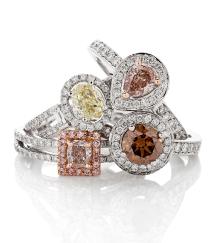
Rarity
Intensely coloured diamonds are the rarest and most beautiful of nature’s gem treasures. Rarity and desire are the two things that set the price of coloured diamonds. The most rare and prized in order are red, blue, pink, green, gold and then yellow, milky white, champagne and black. Values can be 100 times more than that of a white diamond! The long standing highest price per-carat ever paid was $1,250,000 for a 6mm purplish-red badly flawed 0.90ct diamond of just less than 1 carat (inclusions are common in natural red and pink diamonds). It was named the Hancock Red. In 2009 this record was surpassed when a flawless vivid blue diamond weighing 7.03 carats sold for a record $9.49 million, the new highest price paid per carat for any gemstone.
Then in November a 5ct VS1 vivid pink sold in Hong Kong for $2.1M per carat. So in the midst of a financial crisis the record price was broken twice, which goes to show where the smart money goes in times of trouble.
Pink and Red Diamonds
Before the discovery of the Argyle diamond mine, most pink diamonds were a pastel shade worthy of passing interest, but not lasting passion. This all changed in 1985. The Argyle mine in the north of Western Australia, produces almost all of the world’s red and pink diamonds, although they only make up a tiny part of the mine’s production. Until 2009, the huge open cut mine has been the world’s largest diamond mine in total carat weight. In 2007 they decided to start an underground mine because the open cut has become too deep taking too long for the trucks to drive down the spiral pit – the smaller output from the underground mine will greatly reduce the availability of pink diamonds, and probably drive-up the already high prices. Pink diamonds cost from 5 to 100 times as much as colourless diamonds. Scientists do not fully understand the cause of the pink. Usually is caused by impurities, but Argyle diamonds are very pure. They are found in a rock called Lamproite that appears to have had a particularly violent journey through the earth’s crust. (All other diamonds were transported to the earth’s surface in a rock called Kimberlite).
Champagne Diamonds
Champa gne or brownish coloured diamonds are the most affordable coloured diamonds, at around one third the prices of white diamonds. This good buying will not last forever and Argyle champagne diamonds have some unique features. Prices for colour C1 (lighter) to C6 (the colour of cognac) are about the same. Lighter stones are popular because they sparkle more but cost less than colourless. More intense colours are also popular because they are more unusual, so supply and demand are balanced. Simply choose the colour you like best without worrying about which is more valuable. However there are many different secondary colours and this is important. In general warmer colours are more attractive than grey-greenish browns. Intense golden and rusty colours are called Fancy Cognac, or C7 and cost a little more because they are quite rare. Champagnes with a pinkish tinge are most sought after and expensive.
gne or brownish coloured diamonds are the most affordable coloured diamonds, at around one third the prices of white diamonds. This good buying will not last forever and Argyle champagne diamonds have some unique features. Prices for colour C1 (lighter) to C6 (the colour of cognac) are about the same. Lighter stones are popular because they sparkle more but cost less than colourless. More intense colours are also popular because they are more unusual, so supply and demand are balanced. Simply choose the colour you like best without worrying about which is more valuable. However there are many different secondary colours and this is important. In general warmer colours are more attractive than grey-greenish browns. Intense golden and rusty colours are called Fancy Cognac, or C7 and cost a little more because they are quite rare. Champagnes with a pinkish tinge are most sought after and expensive.
Coloured Diamonds have become increasingly popular. They are not new . Colour is a very important factor in diamond grading, or more correctly absence of colour. Most diamonds are graded on a whiteness scale or absence of colour scale. While most diamonds are in the colourless to light yellow range, some have a natural colour that is deep, distinct, and opulent. These are known as fancy-colour diamonds and are often blue, brown, or pink. Unlike colourless and near colourless diamonds which are valued for their lack of colour, fancy colours are valued for the type intensity of their colour. Recently coloured diamonds have become increasingly sought after and expensive.
Blue Diamonds
Natural blue diamonds are a light greyish blue shade, a more “steely” colour than sapphire. The most famous blue diamond is The Hope diamond in Washington’s Smithsonian Institute. This stone is steeped in legends of horrible deaths that befell many of its owners, from guillotining during the French Revolution, to a Wall Street broker jumping to his death in 1930. 
Green Diamonds
Green diamonds have come in contact with radioactive minerals such as uranium. Radiation stains the outside of the diamond, so the cutter must be careful not to cut away too much of the green “skin”. Authenticating that the radiation occurred naturally requires laboratory analysis at a leading gemmological institute; often the cutter submits the stone as rough and during the cutting process.
Yellow and Orange Diamonds
To be called a Fancy colour means the diamond has more colour than Z (face up) on the GIA D-Z white diamond grading scale. Fancy yellow diamonds come in a range of hues from greenish yellow to orangy-amber. They start at similar prices to white diamonds and prices rise with increasing intensity. Connoisseurs in the trade use the term “canary” to describe intense yellow. Burnt orange Argyle champagne’s are a less expensive alternative to very expensive pure gold or orange colours. The Ellendale mine, discovered about the same time as Argyle, has been opened and operating for the past several years and it has produced many fine fancy yellow diamonds. 
Induced Colours in Natural Diamonds
Demand for coloured diamonds is outstripping supply, so prices are going through the roof. It is no surprise then that technology is being used to induce colours. beautiful colours, each available in any size, shape or consistently matched quantity, with all the benefits associated with diamond. The colours are created with sophisticated high temperature, high pressure and irradiation processes. experimentation for many years has perfected the colouring processes. They can predict the colour change from less expensive diamonds. they use specialised knowledge to buy at cutting centres, treat them. the stones are sold with the treatment declared. They supply large jewellery manufacturers with sets of diamonds that are sold with full disclosure.
Lab Grown Diamond
lab grown or synthetic diamonds are identical to mined gems sharing the same physical, chemical and optical properties as their natural counterparts. Materials such as Moissanite, Cubic Zirconia (CZ), White Sapphire, YAG, etc. are simulants that simply attempt to “look” like a diamond.
We can supply lab grown diamonds

